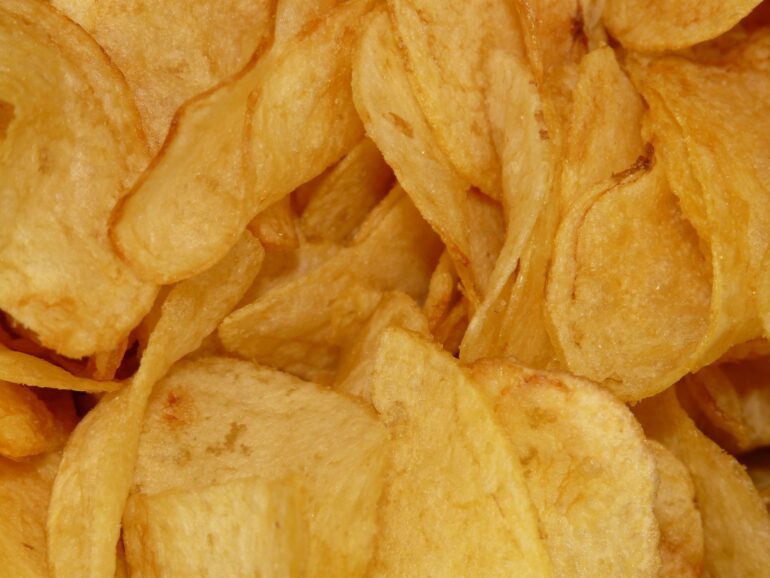TL;DR:
- AI tools are transforming food preservation methods.
- Chemists are utilizing AI to extend the freshness of oil and fat-based products.
- Rancidity is caused by oxidation and affects various food items.
- Antioxidants counteract rancidity but require precise selection and dosing.
- AI analyzes vast chemical datasets to discover novel antioxidant combinations.
- AI models evolve with more data, improving predictive accuracy.
- AI serves as a valuable assistant for optimizing antioxidant combinations.
- Continuous research aims to enhance AI model training and predictive capabilities.
Main AI News:
Unlocking the Potential of AI in Food Preservation
Artificial intelligence is revolutionizing the way we tackle the age-old problem of food spoilage. Have you ever experienced the disappointment of biting into a seemingly delicious snack only to be met with an unexpected, unpleasant taste? That’s the result of rancidity, a pervasive issue that affects numerous pantry staples. However, AI is emerging as a game-changer in the battle against this culinary nuisance.
A team of dedicated chemists, specializing in food preservation, is at the forefront of this technological advancement. Their recent study highlights the remarkable advantages of harnessing AI tools to extend the freshness of oil and fat-based products. Given the ubiquitous presence of oils and fats in various food items like chips, chocolate, and nuts, the implications of their research extend far beyond the kitchen, potentially impacting sectors such as cosmetics and pharmaceuticals.
The Culprit: Rancidity and Its Antagonists
Rancidity is the unfortunate consequence of food exposure to air over time, a process known as oxidation. This oxidative reaction primarily affects lipids—fats and oils—accelerated by factors like heat and UV light. The outcome of this chemical reaction is the formation of smaller molecules, including ketones, aldehydes, and fatty acids, which impart the characteristic off-putting odor and taste to rancid foods. Repeated consumption of such foods can pose health risks.
Fortunately, both nature and the food industry have a potent ally in the fight against rancidity: antioxidants. Antioxidants encompass a wide range of natural and synthetic molecules, such as vitamin C, capable of shielding food from oxidation. These unsung heroes neutralize the processes responsible for rancidity, preserving the flavor and nutritional value of products for an extended period.
However, it’s not as simple as adding a sprinkle of vitamin C. The selection of specific antioxidants and precise dosage is crucial. The challenge lies in finding the right combinations that effectively combat rancidity for various types of food, a process that demands time, specialized expertise and increases production costs.
AI to the Rescue
This is where artificial intelligence takes center stage. AI tools, like ChatGPT, are renowned for their ability to analyze vast datasets, identify patterns, and generate valuable insights. In this case, the goal was to teach an AI system to discover novel antioxidant combinations.
The journey began by feeding the AI a substantial dataset comprising around a million chemical reactions, along with fundamental chemistry concepts. As the AI learned to recognize chemical patterns and interactions, it was fine-tuned using a database of nearly 1,100 antioxidant mixtures described in the research literature. At this point, the AI could predict the effects of combining two or three antioxidants in a fraction of a second, aligning with literature descriptions 90% of the time.
However, reality proved more intricate than simulations. Experiments conducted with real lard didn’t always align with the AI’s predictions, underscoring the complexities of translating computational results into tangible lab outcomes.
Continuous Improvement
The beauty of AI lies in its adaptability. Unlike static tools, AI models are dynamic learners that evolve with more data. Researchers continued to feed the model with approximately 200 additional lab-generated examples, honing its chemistry knowledge. Gradually, the AI’s predictive accuracy improved, with only slight disparities between predicted and actual outcomes.
In essence, AI is evolving into a valuable ally for scientists seeking optimal antioxidant combinations tailored to specific foods, resembling a highly capable assistant in the kitchen. The project is ongoing, with researchers exploring innovative methods to enhance the AI model’s training and predictive capabilities.
Conclusion:
AI’s role in optimizing antioxidant combinations for food preservation has promising implications for the market. This innovative approach enhances product freshness, quality, and shelf life, offering new opportunities for food manufacturers and potentially reducing production costs while improving consumer satisfaction. The intersection of AI and food preservation represents a significant step towards more efficient and effective solutions in the food industry.

